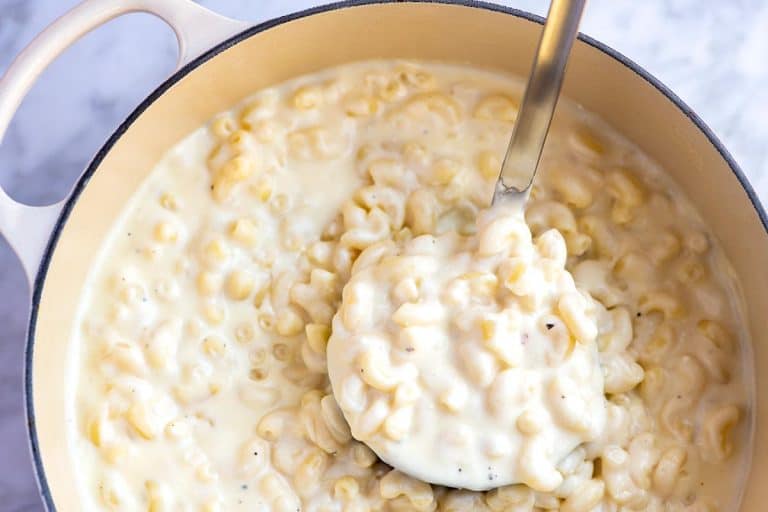

In a large heavy-bottomed stock pot, melt the butter over medium heat. In a medium saucepan set over medium heat, warm the milk until it is simmering then set it aside. Add the pasta and cook it just until al dente, about 11 minutes. Its curves and grooves catch and hold onto sauce, maximizing cheesiness with every bite. Bring a large pot of salted water to a boil. Elbow macaroni is designed to hold thick, creamy sauces. This recipe for Baked Macaroni and Cheese is based on first making a white sauce (in French its called bchamel), then adding shredded cheese. Cheese sauce is too heavy for many pastas, causing them to clump. More than a matter of tradition or aesthetics, it's a question of engineering. Add remaining milk and mix so the slurry mixes in. Add about 3/4 cup of milk and mix into butter mixture - it will become a slurry pretty quickly. Since then, elbow macaroni has remained the standard. Melt butter in a medium pot or large saucepan over medium heat. However, it was Kraft that truly popularized the dish made with elbow macaroni when it launched its boxed version in 1937. In 1802, he was said to have served mac and cheese at a state dinner.
#Cookinfd light quick stovetop mac and cheese for mac
Mac and cheese allegedly arrived in America courtesy of Thomas Jefferson, who returned from a European jaunt laden down with pasta recipes - and a pasta-making machine. 2 Cheddar is the best cheese for mac and cheese and here’s why: 3 Stovetop Mac and Cheese vs. Cook pasta according to package instructions until al dente, about 7-8 minutes. If the sauce is too thin, add some more cheese until of desired consistency.

If the sauce is too thick, add a little more milk. Turn the heat to low and add the cheeses, whisking until melted. Known as hörni, these ancestors of elbow macaroni were shaped like the horns of Alpine ibex. Instructions Bring a large pot of salted water to boil. Slowly whisk in the milk and continue to whisk until the mixture starts to thicken, about 3 minutes. Graham traces mac and cheese's probable beginnings to the Swiss Alps where shepherds often combined home-made cheeses with pasta.

In " Macaroni cheese's mysterious origins," pasta sleuth Adam H.


 0 kommentar(er)
0 kommentar(er)
